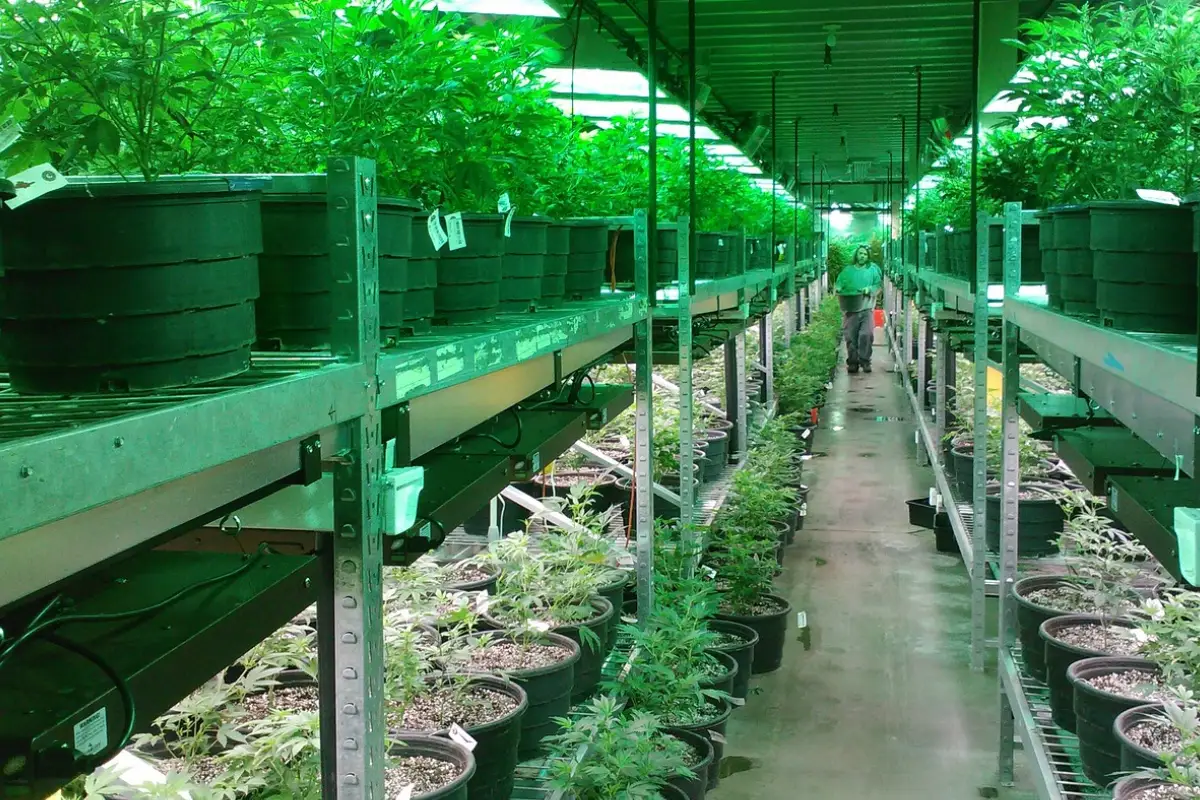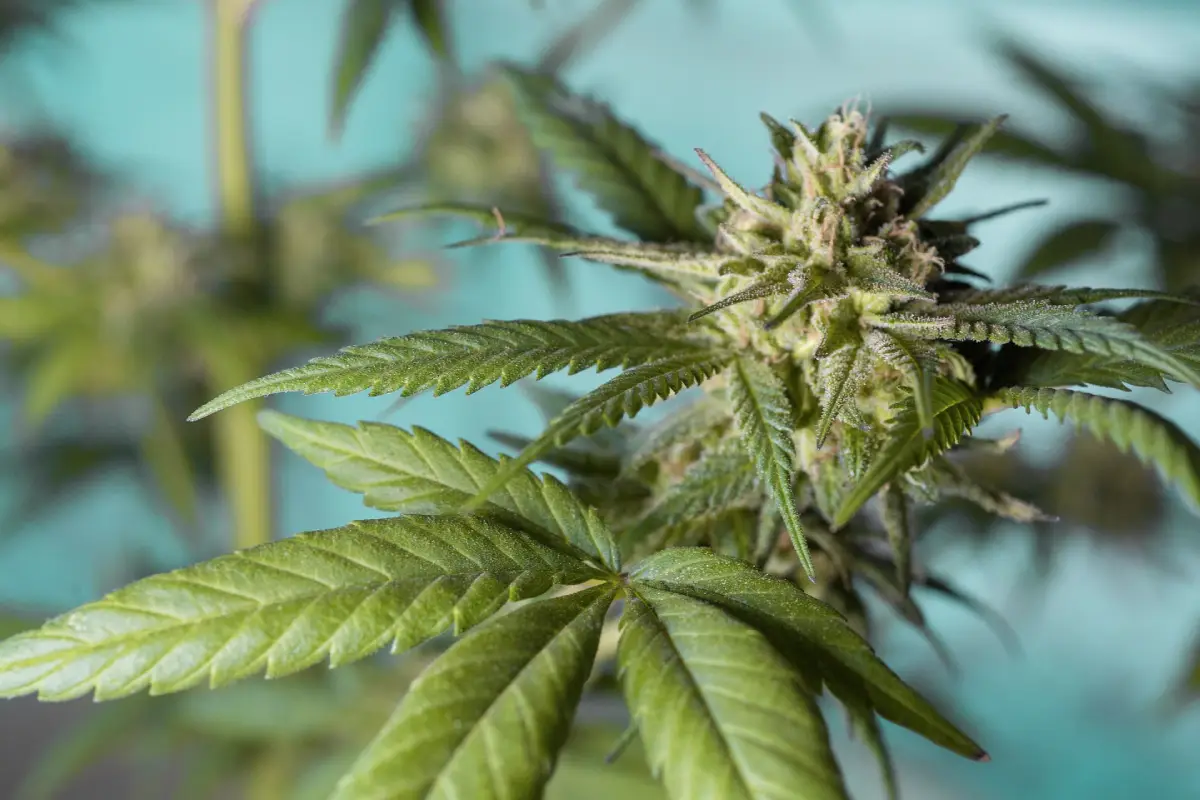
Mastering Cannabis Inventory Accounting Best Practices
In the rapidly growing cannabis industry, understanding the complexities of cannabis inventory accounting has never been more critical.
It’s a world where traditional accounting principles meet unique regulatory challenges, creating a labyrinth that can confound even seasoned professionals.
This guide will demystify the intricate dance between accounting norms, regulatory frameworks, and industry-specific considerations. From dissecting the regulatory environment to predicting future trends, we’ll provide a comprehensive overview of cannabis inventory accounting, helping you navigate this fast-paced industry with confidence and expertise.
Whether you’re a seasoned CFO or a newcomer to the industry, this guide offers vital insights to enhance your financial strategies, ensure compliance, and ultimately, drive success in the burgeoning world of cannabis business.
| Section | Key Points |
| Regulatory Environment | Complex due to international and national standards, laws, and regulations – Notable standards: International Accounting Standards (IAS), U.S. Internal Revenue Code Section 280E |
| Understanding Cannabis Inventory Accounting | Four key inventory components: seeds and seedlings, growing plants, harvested plants, processed products – Accounting methods: FIFO, LIFO, WAC – Special considerations: COGS, WIP, biological asset valuation, expensing vs. capitalizing |
| Mastering Best Practices | Stay updated on regulations – Utilize appropriate accounting methods – Implement inventory management software – Regularly evaluate and adjust inventory valuation – Structure business entities wisely – Invest in training and development |
| Practical Applications | Real-world case studies highlight challenges and solutions – Adaptive strategies needed for regulatory compliance and financial accuracy |
| Technological Advancements | Role of inventory management software, blockchain, AI, and machine learning in enhancing efficiency, accuracy, and compliance |
| Future Trends | Potential regulatory changes – Emerging industry trends such as cannabis-infused products, sustainability |
Regulatory Environment For Cannabis Inventory Accounting
The regulatory environment for cannabis inventory accounting is complex, shaped by international and national standards, along with specific laws and regulations related to the cannabis industry.
In the United States, the Internal Revenue Code Section 280E plays a significant role. This provision disallows deductions and credits for amounts paid or incurred in the trade or business of selling controlled substances, including cannabis.
Additionally, each jurisdiction where cannabis is legal might have specific rules and regulations regarding cannabis inventory accounting, creating a patchwork of guidelines that businesses must navigate carefully.
Understanding Cannabis Inventory Accounting
Understanding cannabis inventory accounting requires knowledge of both the unique components of cannabis inventory and the standard accounting methods typically applied in this sector.
Components of Cannabis Inventory
- Seeds and Seedlings
- Growing Plants
- Harvested Plants
- Processed Products
- B. Standard Inventory Accounting Methods
- First-In-First-Out (FIFO)
- Last-In-First-Out (LIFO)
- Weighted Average Cost (WAC)
- Special Considerations in Cannabis Inventory Accounting
- Cost of Goods Sold (COGS)
- Work-in-Process Inventory (WIP)
- Biological Assets Valuation
- Expensing vs Capitalizing
The cannabis inventory is segmented into four major components.
The first phase begins with seeds and seedlings, which represent the initial investment.
Once these seedlings grow into mature plants, they represent the second stage of inventory.
The third phase is harvested plants, which includes the cannabis flowers and leaves ready for processing.
Finally, the processed products include the dried cannabis, edibles, oils, and other consumables ready for sale.
When accounting for these inventory components, three primary methods are typically utilized: First-In-First-Out (FIFO), Last-In-First-Out (LIFO), and Weighted Average Cost (WAC).
FIFO assumes that the oldest inventory items are sold first, while LIFO presumes that the most recently acquired items are the first to be sold.
WAC, on the other hand, calculates an average cost for all items in inventory and uses this average to assign costs.
There are also special considerations in cannabis inventory accounting.
The Cost of Goods Sold (COGS) is a crucial concept and involves accounting for all costs used to produce the finished products sold by the company.
Additionally, due to the unique nature of cannabis production, the Work-in-Process Inventory (WIP) – items that are in the production process but are not yet finished goods – is significant.
Lastly, a key decision in cannabis accounting is determining which costs should be expensed (recognized immediately in the income statement) and which should be capitalized (added to the asset’s cost base and expensed over time).
Ultimately, effective cannabis inventory accounting requires careful management of these various elements, adapting traditional accounting methods to a rapidly evolving and highly regulated industry.
Best Practices
Mastering cannabis inventory accounting requires an understanding of best practices that address the unique challenges within the industry.
Here are some key strategies:
- Stay updated on regulations: Regulatory compliance is critical in the cannabis industry. It’s important to stay informed about changes in local, state, and federal laws, as well as international accounting standards.
- Utilize appropriate accounting methods: Depending on the specifics of your operation, methods like FIFO, LIFO, or WAC may be more suitable for inventory accounting.
- Implement inventory management software: These tools can streamline tracking, reduce errors, and help ensure compliance.
- Regularly evaluate and adjust inventory valuation: Given the nature of biological assets, regular revaluation is crucial to ensure financial reports accurately reflect the business’s state.
- Structure business entities wisely: Depending on jurisdiction, structuring your business appropriately can help navigate restrictions like those in U.S. IRC Section 280E.
- Invest in training and development: Ensuring your accounting team is well-trained and updated on the latest in cannabis inventory accounting can result in more accurate financial reports and efficient processes. Investing in continual professional development can enhance the effectiveness of your accounting operations in the long term.
Practical Applications Of Cannabis Inventory Accounting
In the practical applications of cannabis inventory accounting, real-world case studies highlight a range of challenges and solutions.
For instance, a cannabis cultivator may struggle with accurately accounting for biological assets.
Given the plant’s growth cycle, fluctuations in value from seedling to mature plant to harvested product must be captured accurately.
A potential solution could be the adoption of specialized inventory management software designed for the cannabis industry.
Another challenge can be the stringent regulations imposed by the IRS under Section 280E.
This could lead to high tax burdens due to disallowed deductions for ordinary business expenses.
Some businesses have overcome this hurdle by structuring their operations into separate legal entities, one for cannabis cultivation and sales, and another for non-cannabis activities, allowing them to deduct ordinary business expenses for the latter.
Overall, practical application requires adaptive strategies that conform to regulatory requirements while optimizing for profitability and accuracy in reporting.
Technological Advancements In Cannabis Inventory Accounting
Technological advancements are revolutionizing cannabis inventory accounting, increasing efficiency, accuracy, and compliance.
Inventory management software specific to the cannabis industry is an integral tool, automating the tracking of product flow from seed to sale, thus reducing errors and simplifying record keeping.
Blockchain technology is also playing a part, providing a secure and transparent way to track the entire lifecycle of cannabis products.
This not only helps in inventory management but also enhances product traceability, which is crucial for regulatory compliance and consumer trust.
Furthermore, AI and machine learning are being utilized to predict trends, optimize inventory levels, and enhance cost management.
These technologies can analyze large amounts of data to forecast demand, adjust pricing, and identify inefficiencies in the production and distribution processes.
These technological advancements are not only streamlining cannabis inventory accounting, but they’re also helping businesses adapt to a rapidly changing regulatory landscape and meet growing consumer expectations for transparency and quality.
Future Of Cannabis Inventory Accounting
The future of cannabis inventory accounting will inevitably be shaped by potential changes in regulations and emerging industry trends.
As the cannabis industry continues to grow and mature, regulatory bodies worldwide may update their laws and guidelines to accommodate this unique industry.
For instance, the potential relaxation or repeal of U.S. Internal Revenue Code Section 280E could significantly impact cannabis businesses’ taxation and financial reporting.
Emerging industry trends, such as the rise of cannabis-infused products and increased consumer demand for sustainable and organic cultivation practices, will also influence accounting practices.
For example, the proliferation of cannabis-infused products may require more complex inventory tracking systems, while the trend towards sustainability may affect how cultivation costs are calculated and reported.
Embracing technological advancements, remaining adaptable to regulatory changes, and staying ahead of industry trends will be key for cannabis businesses to thrive in this evolving landscape.
Accounting professionals in this space must stay updated and ready to adjust their practices accordingly.
Final Thoughts On Cannabis Inventory Accounting
Cannabis inventory accounting is a multifaceted discipline with unique challenges and considerations.
It begins with understanding the components of cannabis inventory – from seeds and seedlings to processed products – and employing standard accounting methods such as FIFO, LIFO, and WAC.
Special considerations, including COGS, WIP, biological asset valuation, and the decision of expensing versus capitalizing, are fundamental to the process.
The regulatory landscape adds complexity to cannabis inventory accounting, necessitating careful navigation of international and national standards, along with industry-specific laws like the U.S. 280E.
That’s where Green Space Accounting steps in.
We specialize in cannabis inventory accounting, an area fraught with unique challenges and subject to strict regulatory requirements.
At Green Space Accounting, we offer a depth of expertise and understanding unparalleled in the Maryland market.
We’re not just accountants, we’re partners in your business journey, helping you navigate the complex regulatory landscape with confidence.
Our team stays updated with all the industry-specific laws and regulations, including the ever-important U.S. Internal Revenue Code Section 280E.
We’re not just reactive; we’re proactive.
We anticipate shifts in the industry and adjust our strategies accordingly, ensuring your business stays ahead of the curve.
But don’t just take our word for it.
Book a consultation with us today and see the Green Space Accounting difference for yourself.
Discover how our tailor-made strategies can help your cannabis business grow and thrive in Maryland’s vibrant cannabis market.
Your success is our success, and we’re committed to providing you with the best in cannabis inventory accounting services.







